One of the best parts of summer as a child, remember? Going to the library and checking out an armload of books, lugging them home, then getting happily lost in them. Our public library had a club for little kids in summer, encouraging us to read as many books as we wanted to, an excuse to stuff ourselves with stories. Each time you finished one you got to paste another yellow sticker on the bookworm drawing on your membership sheet, segment after segment, and I’m still convinced that somehow, somewhere, bookworms are a legitimate species, as real as night crawlers and earthworms, but with round, smiley faces.
Summer reading still seems special, permission to spend lazy hours sitting under a tree with your face in a book. Or these days, on a recliner in the sunroom, reading glasses on your nose. And what to read? Books come magically to hand, from the library, passed on by friends, recommended by relatives, gathering in a heap beside the chair. So many worth savouring, sharing, keeping, and every once in a while, one that’s so important you want everyone in the world to read it.
Our Green Heart, by Diana Beresford-Kroger, is such a book. My friend Leslie Padorr gave it to me recently as a birthday present, saying she’d read it and thought I would enjoy it. Understatement of the century…! It took about a week of doing busy “other stuff”—family, gardening, bird atlassing, butterfly counts, and of course writing—before I finally had half an hour of free time to pick it up. And then couldn’t put it down. I read it in three days, snatches at a time, and finished the last chapter up at the farm in the middle of the afternoon—I never read in the afternoon!—unexpectedly moved to tears. Not sad that the “story was over” but that the author’s message was so profound and far-reaching it went straight to my heart. We can save life on Planet Earth, if we want to. She tells us how.
Botanist, biochemist and physicist, Diana has spent her whole exceptional life studying trees and forests and extracting fascinating information through hands-on research in her own arboretum in eastern Ontario, as well as groves around the globe. In this, her latest book of many, she sums up critical discoveries she’s made at pivotal points, and how they relate to the climate crisis we’re not just facing, but are already well into. How more carbon in the atmosphere is worsening the effects of toxins on insects, causing the crash of pollinator populations all around the world, including honeybees. Why planting non-native trees is a recipe for failure. Countless other details I didn’t know that she put together in stories I couldn’t stop reading.
But she offers so much hope and possibility for change. In one chapter, Forest Bathing, she explores the way many tree species give off chemical aerosols that prove medicinal for humans and animals that breathe them in and get them on their skin. Willows are especially healing for depression, for example, and pines for cancer. I discovered years ago that heading off into the north woods on a canoe trip every summer, for at least a week, and even better, for three, is the best thing I can do for my health, coming home feeling calm, relaxed, and pulsing with energy. Now I know it’s not just the pure air and exercise that are beneficial, but also medicinal compounds forests pump out that have such a healing effect. Certain trees of the urban forest emit them, too, and visiting a local park or nature reserve can be one of the most beneficial things we can do when we’re anxious or ill.
Most empowering of all, Beresford-Kroeger offers a simple, straightforward recipe for combating the scary, looming greenhouse effect: her “Bioplan.” First of all, we should protect every ancient old-growth forest still standing, priceless libraries of knowledge we have yet to discover. Then get to work planting great urban forests with native trees to shade streets, cool and clean the air, and calm young and old alike. She says we should each, every one of us, plant an oak tree a year for the next six years. Find a healthy-looking acorn, put it in the ground and tend it—Diana tells us how. Species of native oaks live all around the world, each in their own special soils, and have trunks, roots and branches tough enough to survive the storms that are coming. Plus they sequester lots of carbon and pump out lots of oxygen.
Homework to help in our survival, making each of us useful and part of the solution. “We are made and remade from the breath of trees, with sprinkles of stardust from the solar system and beyond,” she writes, putting the whole chemically interdependent web of life on Earth into perspective.
You’ll want to have Our Green Heart, the Soul and Science of Forests, top of the heap in your summer reading.




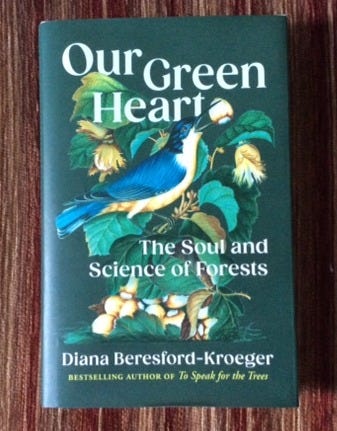
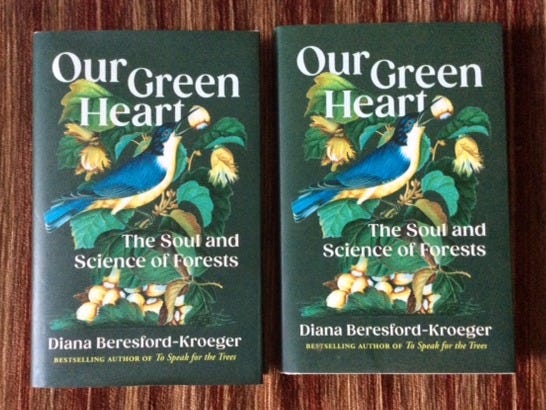
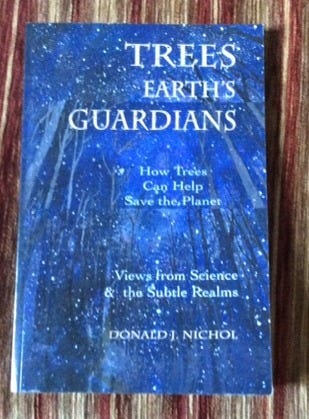
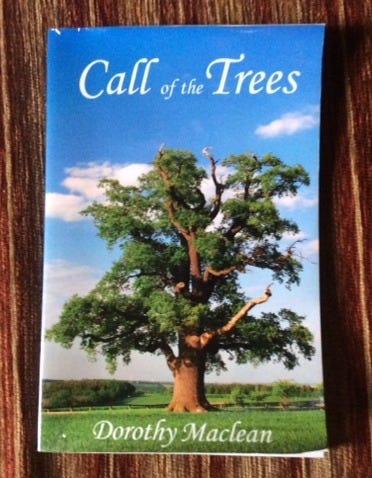
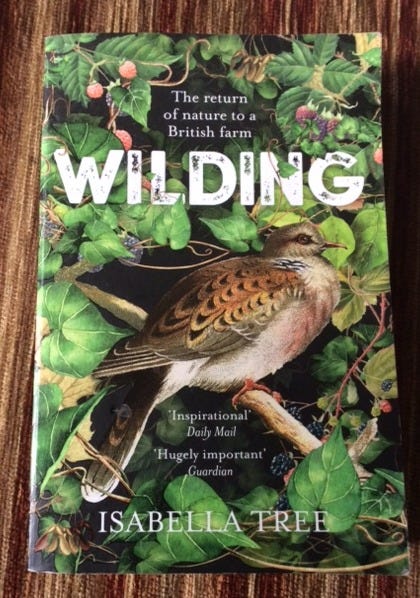
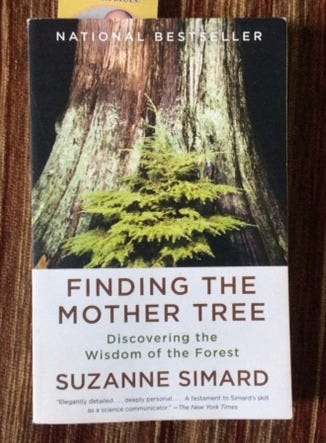
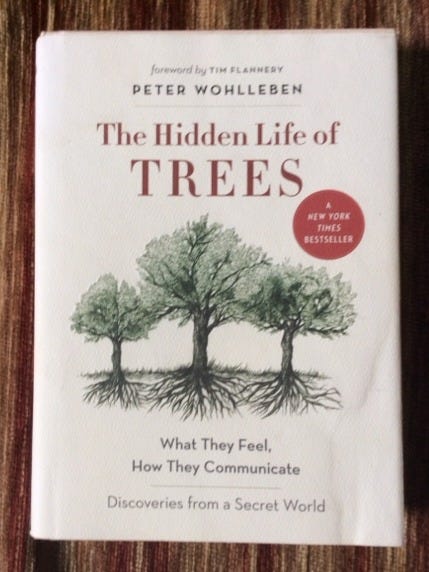

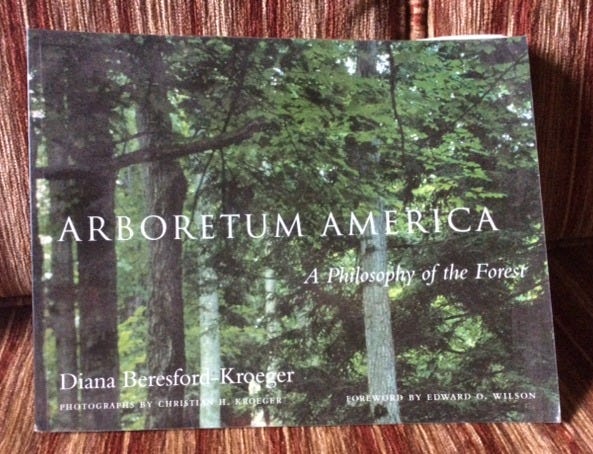
Awesome, Margaret! Another book to devour! And author to follow, because clearly she’s prolific. And hopeful. That’s so important. Thank you!
Thanks for mentioning this latest book by Diana Beresford Kroger. I read "To Speak for the Trees" and it's one of my favorites.